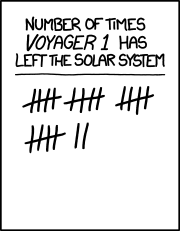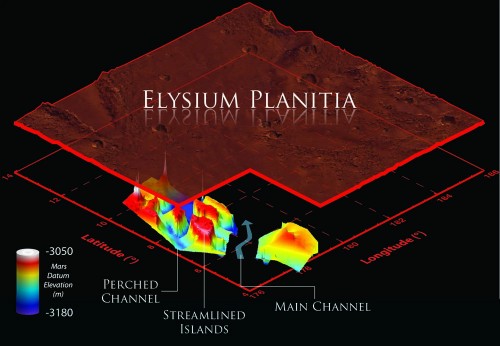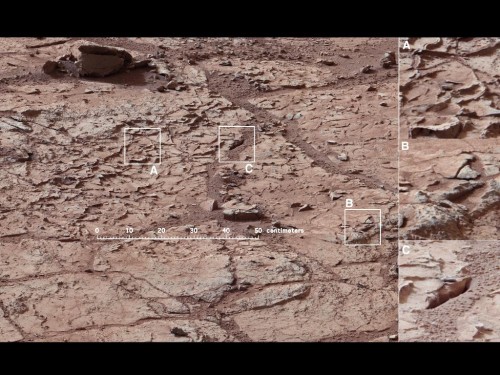Tag archives: NASA
Homework help from NASA, rescue missions, top technologies and more
By Tushna Commissariat
Who doesn’t like a bit of help with their homework – not 4-year-old Lucas Whiteley from West Yorkshire in the UK. When faced with some tough and rather complex scientific questions, the enterprising child filmed a video of himself asking the US space agency NASA for some help. And much to his delight, he got a video response courtesy of NASA engineer Ted Garbeff of the Ames Research Center in California. In the 10-minute video, Garbeff answers Whiteley’s questions including “How many stars are there?” and “Did any animals go to the Moon?” Of course, the story garnered nation-wide interest and was covered by the Huffington Post, the Telegraph and others. Take a look at Garbeff’s response video above.
View all posts by this author | View this author's profile
Exoplanets are everywhere
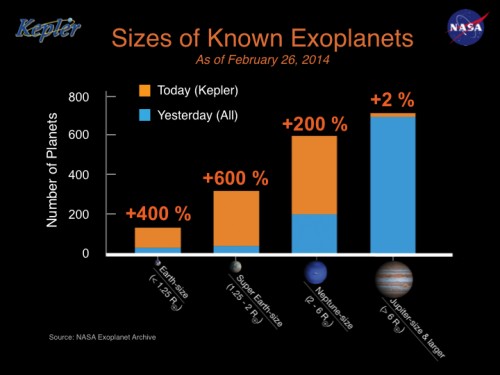
The latest haul of exoplanets is skewed towards Earth-like masses. (Courtesy: NASA)
By Hamish Johnston
Just a few years ago the idea that more than 700 exoplanets could be discovered in a single study would seem fantastical. But that’s exactly what astronomers working on NASA’s Kepler mission have just done.
View all posts by this author | View this author's profile
Cress on the Moon, more physics books, a radioactive ‘foot’ and more
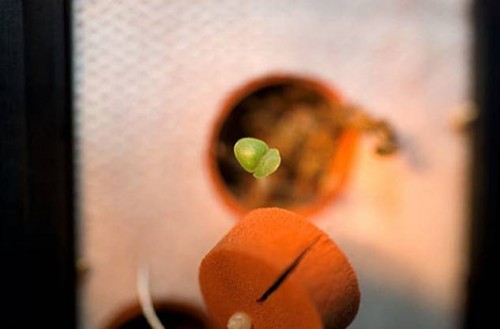
A small green sprout of cinnamon basil, growing on board the International Space Station in 2007. (Courtesy: NASA)
By Tushna Commissariat
Early this week, a story in the Telegraph caught our eye – NASA is planning on sending turnip, cress and basil seeds to the Moon to germinate them! This is most definitely not the first time that plants have been grown beyond the realms of Earth. Indeed, potatoes were grown on board during a 1995 Space Shuttle mission and many experiments involving germinating seeds were done on the International Space Station. The goal of these studies was to understand the effects of microgravity on plant growth. But now, NASA plans to take this one step further in 2015 with their Moon Express mission, which will include the Lunar Plant Growth Chamber that will carry seeds and enough air and nutrients to allow the seeds to sprout and grow. Will fresh salad be on an astronaut’s menu soon?
Project Einstein, NASA shares its wealth, how the kettle got its whistle and more

This image of the Mona Lisa has been stabilized using technology developed by NASA to study solar flares. (Courtesy: Marblar)
By Hamish Johnston
The best thing about science fiction is that it is fiction, and nit-picking about scientific accuracy shouldn’t get in the way of telling a good story. That’s the theme of Roger Highfield’s review of the latest blockbuster Gravity. Writing in his old paper The Daily Telegraph, Highfield – who now works at London’s Science Museum – takes exception to a series of Tweets by the celebrity astrophysicist Neil deGrasse Tyson about the film. Among other things, the Tweets complain that Sandra Bullock’s hair should be wafting around in zero gravity, not hanging down as it would on Earth. Despite these and other “scientific holes big enough to fly a Saturn V rocket through” both Highfield and Tyson agree that Gravity is a film well worth seeing. The review is called “Gravity: how real is the science?“.
View all posts by this author | View this author's profile
NASA asked, so we waved at Saturn
By James Dacey
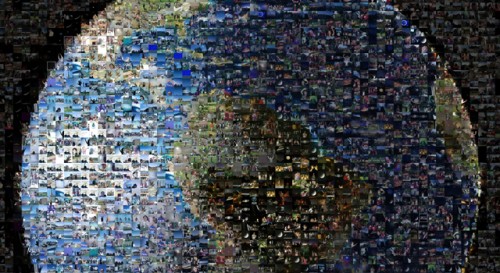
Wave at Saturn collage. (Courtesy: NASA/JPL-Caltech)
On 19 July the Cassini spacecraft turned back to face Earth from its location by Saturn and captured this humbling photo of our planet as a tiny dot behind Saturn’s rings. As part of the event, NASA encouraged people to snap pictures of themselves waving at Venus and to share these via social-media sites. Now, 1400 of these images have been used to create this collage, which includes people from more than 40 countries and 30 US states.
“While Earth is too small in the images Cassini obtained to distinguish any individual human beings, the mission has put together this collage so that we can celebrate all your waving hands, uplifted paws, smiling faces and artwork,” says Linda Spilker, Cassini project scientist at NASA’s Jet Propulsion Laboratory in California.
NASA has, however, released a larger version of the “Wave at Saturn” collage where you can zoom in to make out individual images. It is well worth doing so, as you quickly come across the whole spectrum of gestures from the gentle wave to the Vulcan salute.
View all posts by this author | View this author's profile
Kepler – it’s not all doom and gloom just yet
By Tushna Commissariat
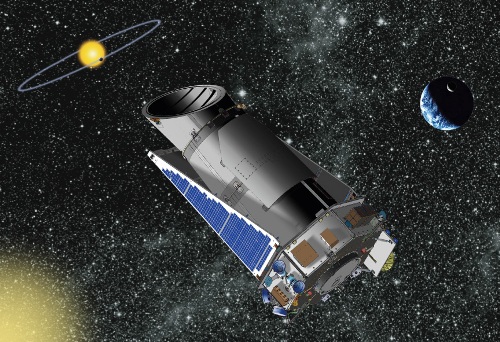
NASA’s Kepler space telescope. (Courtesy: NASA)
To much general dismay, earlier this month NASA officials announced that their Kepler space telescope had gone into a self-imposed “safe mode”, something that the telescope is programmed to do if one of its primary systems is not fully functional. Although the telescope was then rebooted, it shut down again this week and it seems that all is definitely not well with our favourite exoplanet spotter: the mission collaboration announced that the instrument has suffered a critical failure and may never be fully operational again.
View all posts by this author | View this author's profile
Voyager 1, where art thou?
By Tushna Commissariat
It’s a running joke at the Physics World news desk – the exact location of the Voyager 1 probe and how often we end up writing about how it really has nearly left the solar system this time. So we decided to wait and watch when the news broke on Wednesday evening this week that the probe had left the solar system for sure (again).
Unsurprisingly, the next morning our inboxes included a slightly sheepish “status update” message from NASA. “The Voyager team is aware of reports today that NASA’s Voyager 1 has left the solar system,” says Edward Stone, Voyager project scientist based at the California Institute of Technology, Pasadena. “It is the consensus of the Voyager science team that Voyager 1 has not yet left the solar system or reached interstellar space. In December 2012 the Voyager science team reported that Voyager 1 is within a new region called ‘the magnetic highway’ where energetic particles changed dramatically. A change in the direction of the magnetic field is the last critical indicator of reaching interstellar space, and that change of direction has not yet been observed.”
Islands in a Martian stream
By Hamish Johnston
A very long time ago, a large amount of water is thought to have flowed on the surface of Mars – and the above image shows what scientists think is an ancient Martian river channel that has been buried by volcanic material.
View all posts by this author | View this author's profile
Curiosity on Mars
By Michael Banks in Boston
John Grotzinger, project scientist for NASA’s Curiosity mission, might be best known for whipping up a media frenzy in late November when he told NPR that data from one of the probe’s 10 instruments was “gonna be one for the history books”.
While the news that the probe had discovered evidence of organic molecules in the soil but more tests were needed was less than earth shattering, today at the 2013 AAAS meeting in Boston, Grotzinger gave an update on the mission that touched down on Mars on 6 August 2012.
If you don’t fancy reading any more, the bottom line is that everything is working as expected.
View all posts by this author | View this author's profile

